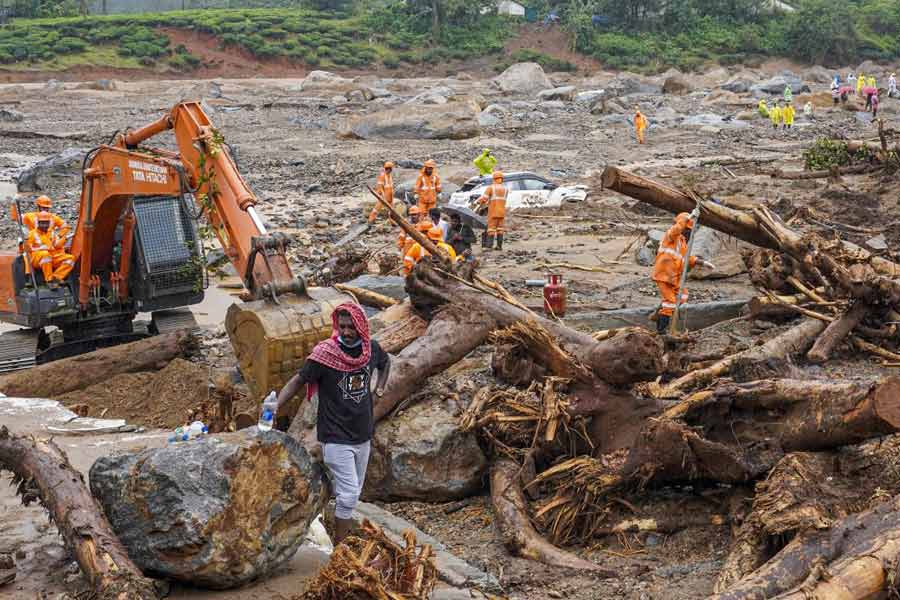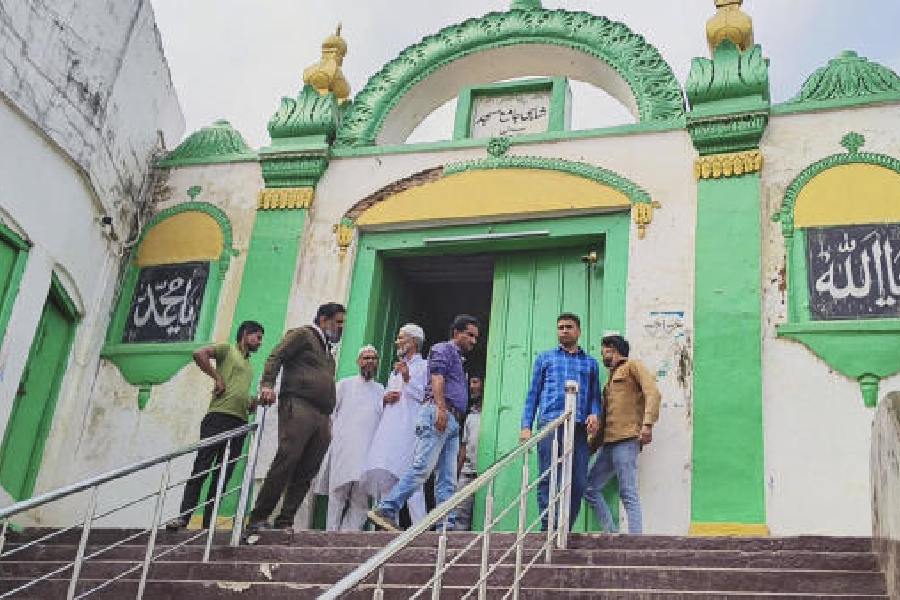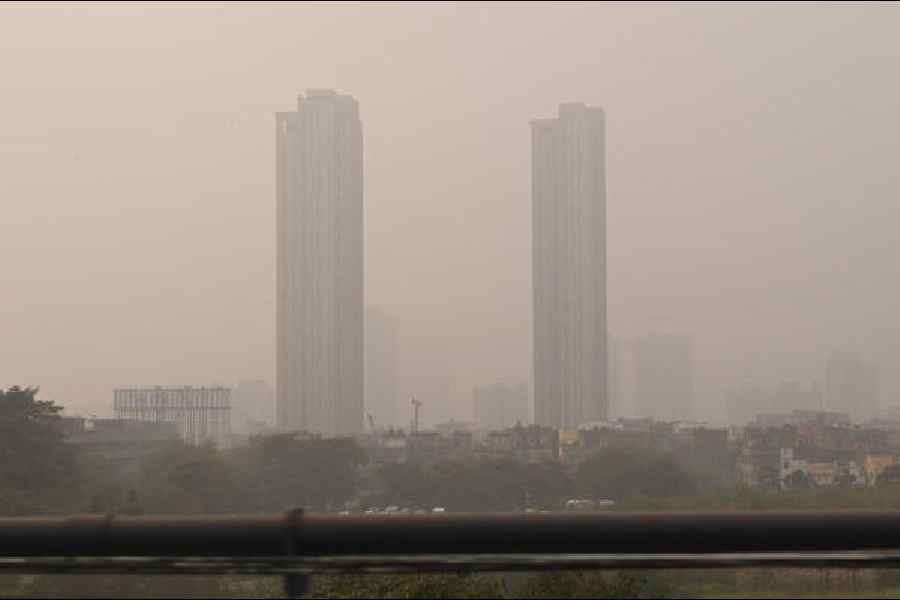Rewind to July 30, 2024: A devastating landslide in Wayanad, Kerala, wiped out several villages in the Western Ghats, killing hundreds of people and causing massive loss of property.
Fast forward to August 5, 2025: Flash floods in Uttarakhand wiped out, within minutes, a village called Dharali, pushing it under the debris. About 50 people died and scores are missing. While rescue operations are still on, chances of finding humans alive are wearing thin.
It is like déjà vu.
If a year seems a small period to learn, take the decade. We — governments and society — seem to have learnt nothing. The context and the outcomes remain devastatingly the same. And, dare I say, we will not wake up to similar looming disasters in the future either. In the Himalayas or in the Western Ghats, extreme rainfall events will trigger more landslides, avalanches or flash floods; a slice of humanity will be consumed by the debris, people and their settlements will perish. We will move on.
The Dharali disaster, no longer in the news amidst the noise over the electoral rolls controversy, was foretold. Like the Wayanad disaster. Experts tracking three of the country’s seismically vulnerable and landslide-prone ecosystems — the eastern and the western Himalayas and the Western Ghats — have warned authorities not to destabilise the sensitive hills in any of these zones.
The Landslide Atlas of India prepared by the Indian Space Research Organisation gives us districts and precise locations where landslides will occur in the future. Using past data, satellite images and other space data, the LAI gives a framework to address landslide vulnerability in a changing climate. That is if the callous and brazen authorities and the political elite heed scientific advice.
What was Dharali could have been any other village. The triggers are not natural; they are man-made. As two experts explained, the authorities ignored repeated warnings, violated eco-sensitive zone norms and pushed for an unscientific road expansion in the geologically fragile zone around Dharali. The Bhagirathi Eco-Sensitive Zone notification was grossly violated, allowing construction within 100 metres of the Kheer Ganga’s midline, even though any infrastructure on steep slopes is banned.
Dharali expanded virtually to the stream’s edge, with hotels and resorts built on unstable deposits — all in defiance of Uttarakhand’s Flood Plain Zoning Act, the Namami Gange Programme notification, and guidelines issued by the National Green Tribunal. Nitin Gadkari’s ambitious Char Dham road widening project, which has triggered several landslides in the Himalayan ecosystem, has rendered the avalanche-prone slopes unstable by piercing through old landslide debris and marking for felling 6,000 mature deodar trees. More than 1,000 people have died in such calamities in Uttarakhand in a decade. This is beside the loss of property and irreversible damage to the eco-sensitive zone.
In all three landslide-prone ecosystems, there is a feverish push for massive deforestation (once opposed by common people as part of the Chipko movement), widening of roads, construction of tunnels and new highways, unplanned urbanisation and industrialisation, and quarrying and mining. Report after report has noted the violations of the existing guidelines and notifications and forewarned about possible disasters.
Unless the state and the Central governments mend their ways and common people enforce the laws of the nature strictly, the annual tragedy routine will not ebb. Ecologies cannot be manipulated. At least informing populations living in these hotspots, under the looming threat of future disasters, of their fait accompli would
be a wise beginning if we are so hell-bent on ravaging these ecosystems.










